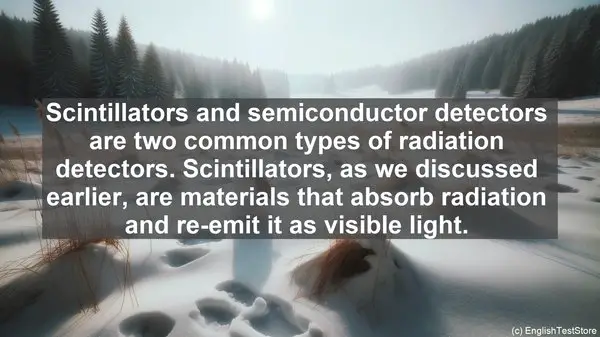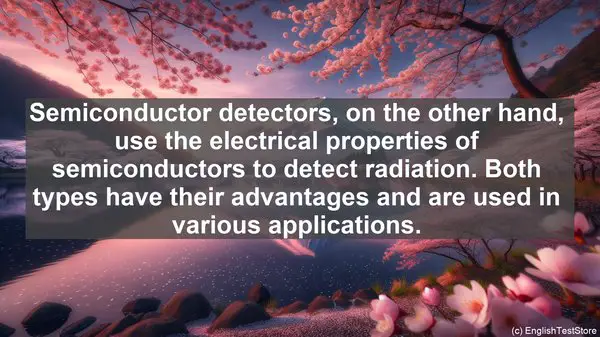Introduction
Welcome to our radiation physics class. Today, we’ll be discussing the top 10 commonly confused words in this field. Understanding these terms correctly is crucial for accurate communication and research in radiation physics.
1. Ionization vs. Excitation
Ionization and excitation are often used interchangeably, but they have distinct meanings. Ionization refers to the process of removing an electron from an atom, resulting in a charged particle. On the other hand, excitation involves raising an electron to a higher energy level without completely removing it. Both processes play significant roles in radiation interactions.
2. Absorption vs. Attenuation
Absorption and attenuation are related to the interaction of radiation with matter. Absorption refers to the complete transfer of energy from the radiation to the material, resulting in its heating or other effects. Attenuation, on the other hand, is the reduction in the intensity of radiation as it passes through a material due to various factors like scattering and absorption.
3. Radioactivity vs. Radiation
Radioactivity and radiation are often used interchangeably, but they have different meanings. Radioactivity refers to the spontaneous emission of radiation from a radioactive material due to its unstable atomic nucleus. Radiation, on the other hand, is the energy emitted in the form of waves or particles. Radioactivity is the source, while radiation is the emitted energy.
4. Dose vs. Dose Rate
Dose and dose rate are measures of radiation exposure. Dose refers to the amount of radiation energy absorbed by an object or person. It is usually measured in units like gray (Gy) or sievert (Sv). Dose rate, on the other hand, is the rate at which the dose is delivered, usually measured in units like gray per second (Gy/s) or sievert per hour (Sv/h).

5. Scintillation vs. Cherenkov Radiation
Scintillation and Cherenkov radiation are two types of radiation emission. Scintillation occurs when a material absorbs high-energy radiation and re-emits it as visible light. It is commonly used in radiation detectors. Cherenkov radiation, on the other hand, is the electromagnetic radiation emitted when a charged particle passes through a dielectric medium at a speed greater than the phase velocity of light in that medium.
6. Half-Life vs. Decay Constant
Half-life and decay constant are related to the radioactive decay of materials. Half-life refers to the time it takes for half of the radioactive atoms in a sample to decay. It is a characteristic property of the material. Decay constant, on the other hand, is a measure of the probability of decay per unit time. It is related to the half-life through a mathematical equation.

7. Brachytherapy vs. Teletherapy
Brachytherapy and teletherapy are two common techniques in radiation therapy. Brachytherapy involves placing a radioactive source directly inside or next to the tumor, delivering a high dose of radiation to a localized area. Teletherapy, on the other hand, uses a machine located at a distance from the patient to deliver radiation. It is often used for treating larger areas or deep-seated tumors.
8. Scattering vs. Absorption
Scattering and absorption are two processes that can occur when radiation interacts with matter. Scattering refers to the change in direction of radiation due to its interaction with atoms or molecules in the material. Absorption, as we discussed earlier, involves the complete transfer of energy from the radiation to the material. Both processes are important considerations in radiation shielding and imaging.
9. Isotope vs. Element
Isotope and element are related to the composition of matter. An element is defined by the number of protons in its atomic nucleus. Isotopes, on the other hand, are variants of an element that have the same number of protons but different numbers of neutrons. This difference in neutron count gives isotopes different atomic masses and, in some cases, different radioactive properties.
10. Scintillator vs. Semiconductor Detector
Scintillators and semiconductor detectors are two common types of radiation detectors. Scintillators, as we discussed earlier, are materials that absorb radiation and re-emit it as visible light. Semiconductor detectors, on the other hand, use the electrical properties of semiconductors to detect radiation. Both types have their advantages and are used in various applications.
